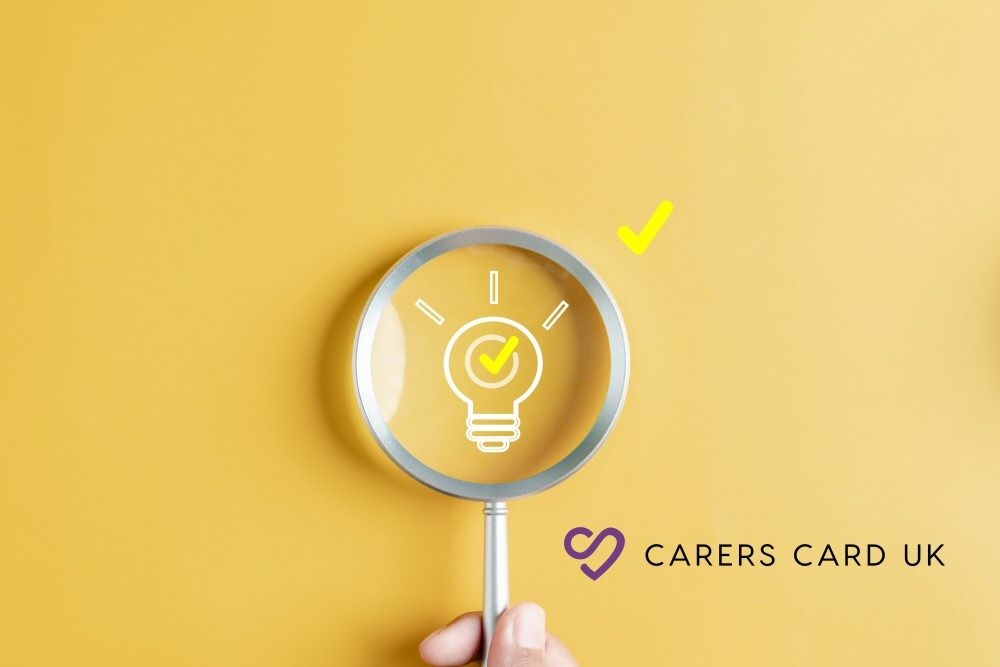1. Overfilling the Kettle – A Common and Costly Mistake
One of the easiest ways to waste electricity in the kitchen is by overfilling the kettle. Many people fill their kettle to the maximum line, even when they only need enough hot water for one or two cups. This wastes both energy and water.
How Overfilling Wastes Energy:
- Heating more water than needed means using extra electricity for no reason.
- It takes longer to boil, increasing the amount of time the kettle is in use.
- Repeatedly boiling more water than necessary leads to higher electricity consumption over time.
How to Boil More Efficiently:
- Only fill the kettle with the exact amount of water you need.
- Use the cup measurement markers on the kettle (if available).
- If making tea or coffee for one person, use a smaller kettle or an energy-efficient boiling device.
Tip: A simple habit change – filling your kettle with just enough water – could save up to £30 a year on energy bills.
2. Leaving the Kettle Plugged in and on Standby
Many people leave their kettle plugged in at all times, thinking it doesn’t use much power. However, kettles with digital displays or standby functions can still draw electricity even when they’re not actively boiling water.
How to Reduce Standby Energy Waste:
- Unplug the kettle when not in use.
- Use a power-saving plug socket that automatically turns off appliances when they’re not needed.
- If your kettle has a ‘keep warm’ function, switch it off after boiling instead of letting it maintain the temperature.
Tip: Unplugging the kettle along with other unused appliances could save around £40 a year.
3. Not Descaling the Kettle – Making It Work Harder
If you live in a hard water area, limescale can build up inside your kettle, making it less efficient. A kettle covered in limescale takes longer to boil water, meaning it uses more electricity over time.
Signs Your Kettle Needs Descaling:
- It takes longer to boil than usual.
- You see white, chalky deposits inside the kettle.
- Hot drinks taste slightly metallic or off.
How to Remove Limescale:
- Fill the kettle with equal parts white vinegar and water.
- Let it sit for an hour, then boil the mixture.
- Empty the kettle and rinse thoroughly before using it again.
- For regular maintenance, repeat this process once a month.
Tip: Regular descaling not only improves energy efficiency but also extends the life of your kettle, saving you money in the long run.
4. Ignoring Other Kitchen Appliances That Waste Energy
While the kettle is one of the biggest culprits when it comes to kitchen energy use, other appliances can also drive up your electricity bill.
Other Kitchen Energy Drainers and How to Cut Costs:
- The Fridge and Freezer: Avoid overloading them, and defrost regularly to keep them running efficiently.
- The Oven: Use the correct-sized baking tray or dish to heat food more evenly, reducing cooking time.
- The Dishwasher: Run full loads instead of multiple smaller loads to save on electricity and water usage.
- Microwaves and Toasters: Unplug when not in use to reduce standby power consumption.
Tip: Small changes in kitchen habits, like turning off appliances when not in use and using energy-efficient settings, can add up to significant savings over time.
Summary and Key Takeaways
- Overfilling the kettle wastes electricity – only boil the amount of water you need.
- Unplugging the kettle when not in use can reduce energy bills.
- Regularly descaling your kettle improves efficiency and saves money.
- Other kitchen appliances, like fridges and dishwashers, also contribute to high bills if used inefficiently.
- Simple habit changes can add up to substantial energy savings over time.
By making small adjustments to how you use your kettle and other kitchen appliances, you can reduce unnecessary energy waste and lower your electricity bills. Carers who are managing household expenses will find these tips especially useful in keeping costs under control. For more money-saving advice, visit CarersCardUK.

